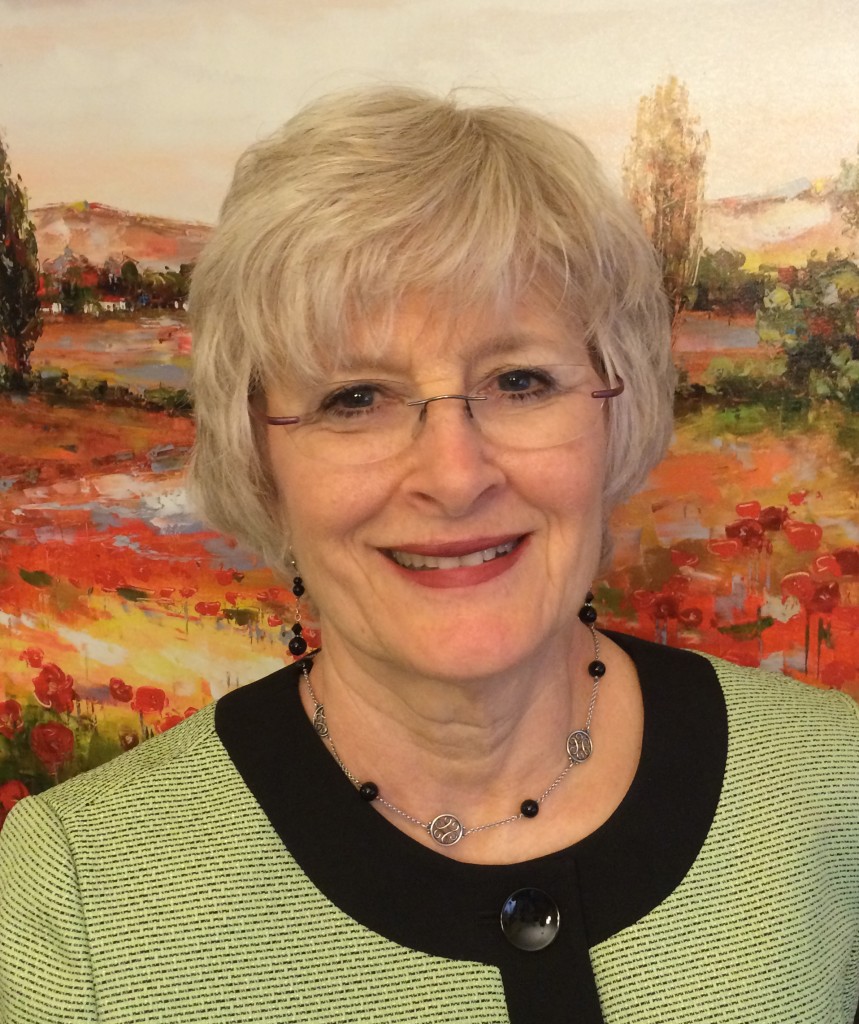In conversation and in historical research “place” takes on a variety of meanings. It can represent a physical location, a space within the community, a position in society, or our diverse identities. Exploring Houston history is more than just looking at our location; we consider all the things that make up our environment, from the people to neighborhoods, schools, churches, businesses, and our culture. Through this broader examination of place, we learn who we are and how we connect to the big picture.

When I look at the cover photo of Leo Tanguma on the ladder in front of Rebirth of Our Nationality, I marvel at the power of the image and the place it represents in Houston’s culture. For forty-seven years, this mural at 5900 Canal, almost the length of a football field, has reminded Houston’s Latino community: “To become aware of our history is to become aware of our singularity.” Painted when Mexican Americans made up just over 10 percent of the city’s population (compared to 44 percent today), the mural has continued to resonate with new Latino migrants and immigrants coming to Houston, even as the artwork’s paint peeled and faded. The way Houston has embraced the mural’s restoration by Tanguma and local artist GONZO247 speaks to the timeless intensity of its images and the force of its message.
This issue (Table of Contents below) looks at various interpretations of place and the power people exercise to claim their place, whether spatial, cultural, or political. The feature articles begin with Italians who arrived in the late nineteenth century, claimed a place in the Post Oak area, and established family farms where the Galleria stands today. African American business leaders, tired of being told not to “step out of their place” and excluded from the No-Tsu-Oh (Houston spelled backwards) Carnival, countered with the De-Ro-Loc (Colored) Carnival to highlight their service and economic contributions to the city. Today Latinos are claiming their cultural place in Houston through the Latino Art Now! Conference, Site Lines and Time Frames, which features exhibits, public art installations, performances, readings, lectures, and films from February through May exploring Latino art as American art. Two articles examine women’s political place in the 1970s compared to today, demonstrating that women continue to face many of the same battles. And the final feature article looks at Brownwood, Baytown’s “River Oaks” until Hurricanes Carla and Alicia wiped the neighborhood off the map, forcing residents from their homes—their place.
The departments also explore multiple meanings of place. Baptist minister James Novarro became a leader in the farmworkers minimum wage march in 1966 to demand la-borers’ place at the bargaining table. Members of Houston’s LGBT community worked to preserve their history and tell their story long before they had a public place to do so. The narratives of the offshore industry highlight industry pioneers who slogged through Louisiana marshlands to figure out how to drill underwater, enabling Houston to expand its place as an energy capital.
A critical interpretation of place came to the forefront in 2018 with the discovery of skeletal remains belonging to ninety-five prison farm convicts on property under development by the Fort Bend Independent School District (FBISD). Debate has focused on the “95’s” claim to the land on which they were buried. Cemeteries are usually considered sacred ground but not always for marginalized groups if the cemeteries get in the way of development. FBISD saw these African Americans’ remains as an obstruction to its build-ing plans and wanted to relocate them, but concerned citizens who saw them as people objected. In February Fort Bend County commissioners voted unanimously for the county attorney to negotiate with FBISD to find a solution that will include a memorial cemetery and the educational facility. The Houston Chronicle reported that County Judge K. P. George explained, “As a civilized society, I believe we have an obligation to serve some kind of justice to these people. We don’t even know them, but they were here. They were the citizens of Fort Bend County.” Time will tell if that solidifies the 95’s claim to their final resting place.
Woven throughout this issue are stories of people staking a claim to some place—a physical location, their station in society, their political rights, and the value of their cultural expression. By exploring these various claims to place, we see the power in their voices and a redefinition of the main-stream narrative of Houston history.
Click on Buy Magazines above to subscribe!
TABLE OF CONTENTS
FEATURES
Italians
Plant Roots in Houston
By Sabine Myer Hill
De-Ro-Loc: Houston’s Forgotten Festival
By
Calvin Blair
The IUPLR and the History of Houston’s Latino Art Now!
Conference
By Olga U. Herrera and Pamela Anne Quiroz
State of the Women in Houston
By Dr. Nikki Van Hightower
“The Rise of Houston Women = The Rise of the Nation”
By Regina Elizabeth Vitolo
Brownwood:
From Neighborhood to Nature Center
By Laura Bernal
DEPARTMENTS
Houstonians
Keeping Honor Alive for the 95: What Unmarked Graves
of Texas Convict Laborers Can Teach Us Today
By Heather Lafon
Reverend James Novarro: Supporting La Marcha and Those in
Need
By Joshua Valentino
From the Archives
Houston Area Rainbow Collective History Community-led
Archives
By Christian Kelleher, with Larry
Criscione, J.D. Doyle, Alexis Melvin, Judy Reeves, and Cristan Williams
The Power of Voices: Narratives of
Offshore Energy
By Teresa Tomkins-Walsh
Houston HappeningsBy Laura Bernal

 Follow
Follow